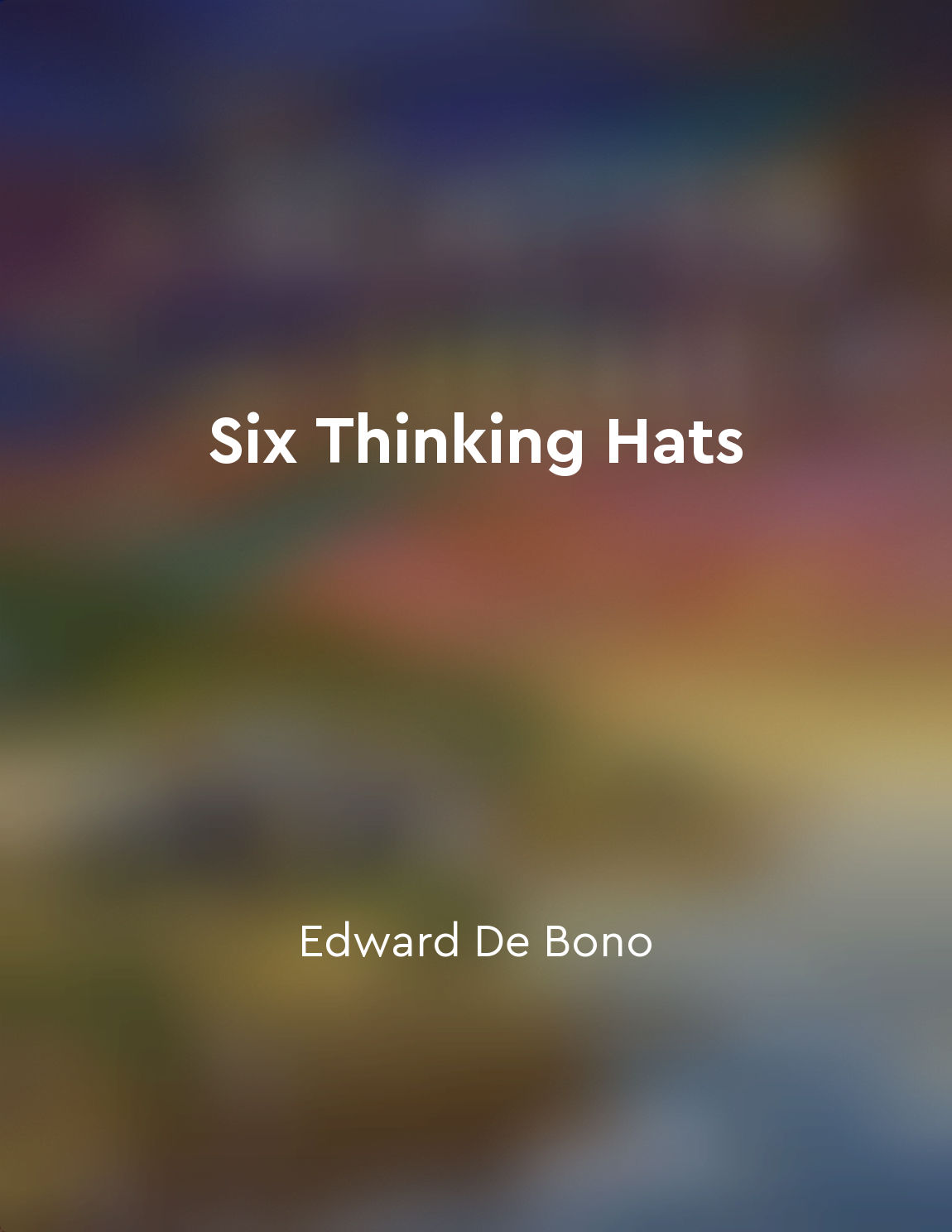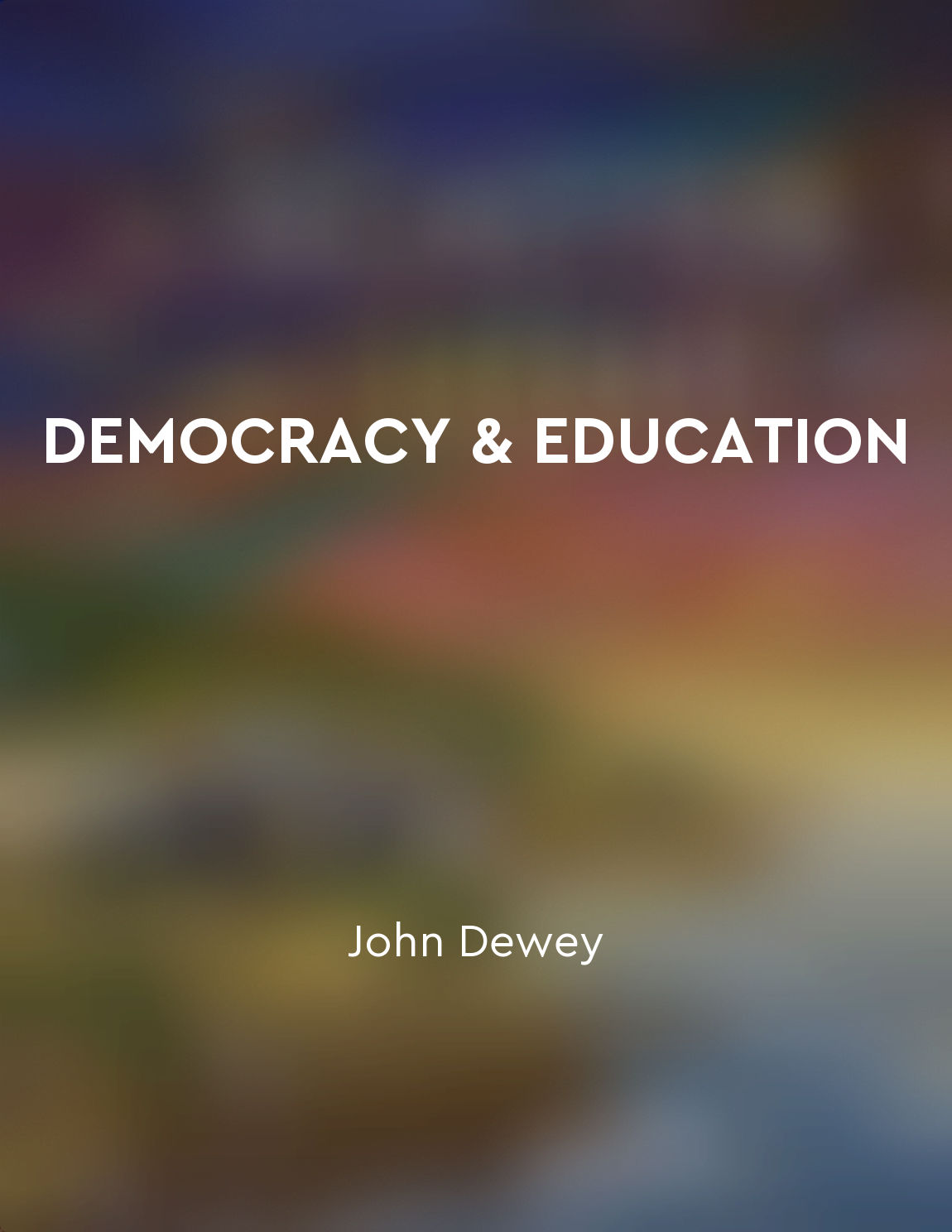Teach students how to think critically and creatively from "summary" of Making Thinking Visible by Ron Ritchhart,Mark Church,Karin Morrison
The ability to think critically and creatively is a vital skill that students must develop in order to succeed in the complex and rapidly changing world they will face. This requires more than just memorizing facts and following instructions - it involves learning how to analyze information, evaluate arguments, and generate innovative ideas. By teaching students how to think in this way, educators are helping them to become independent and effective learners who can adapt to new challenges and opportunities. Critical thinking involves asking questions, examining evidence, and considering multiple perspectives before coming to a conclusion. It requires students to move beyond surface-level understanding and dig deeper into the underlying assumptions and implications of the information they encounter. By encouraging students to think critically, educators are helping them to develop their analytical skills and become more discerning consumers of information. Creative thinking, on the other hand, involves generating new ideas, making connections between seemingly unrelated concepts, and approaching problems from different angles. This type of thinking is essential for innovation and problem-solving, as it allows students to come up with novel solutions to complex problems. By teaching students how to think creatively, educators are helping them to develop their imagination and resourcefulness, as well as their ability to think outside the box. In order to effectively teach students how to think critically and creatively, educators must create a classroom environment that encourages and supports these types of thinking. This can involve asking open-ended questions, providing opportunities for student-led inquiry, and fostering a culture of curiosity and exploration. By creating a safe space where students feel comfortable taking risks and exploring new ideas, educators can help them develop the confidence and skills they need to think for themselves.- Teaching students how to think critically and creatively is about empowering them to become active participants in their own learning. By equipping them with the tools and strategies they need to analyze information, evaluate arguments, and generate new ideas, educators are helping students to become more independent, thoughtful, and creative thinkers. This is a crucial skill that will serve students well not only in school but also in their future careers and lives.
Similar Posts
Leveraging neuroscience insights to optimize learning strategies
Understanding how the brain learns is crucial for developing effective learning strategies. By leveraging neuroscience insights...
Enhancing memory retention techniques
Memory retention techniques can be enhanced by employing various strategies that tap into the brain's natural ability to rememb...
Incorporate realworld connections into lessons
When teachers incorporate real-world connections into their lessons, they are providing students with meaningful experiences th...
Engaging with the content of this book can deepen your understanding of key computer science topics covered in the exam
By actively interacting with the material presented in this book, you have the opportunity to enhance your comprehension of ess...
The potential for infinite improvement in explanations
The idea that explanations can always be improved is fundamental to the growth of knowledge. It is this recognition of the pote...

Hats can be used individually or in combination
Each of the six thinking hats represents a different mode of thinking, a different way of looking at a problem or situation. Th...
Teachers serve as facilitators in PBL
In problem-based learning (PBL), teachers play a crucial role as facilitators of the learning process. Instead of being the sol...
Curriculum should be flexible and responsive to student interests and needs
The idea that curriculum should be flexible and responsive to student interests and needs is not just a recommendation; it is a...

Democracy relies on educated voters
One of the key components of a functioning democracy is the presence of educated voters. Without a population that is well-info...

